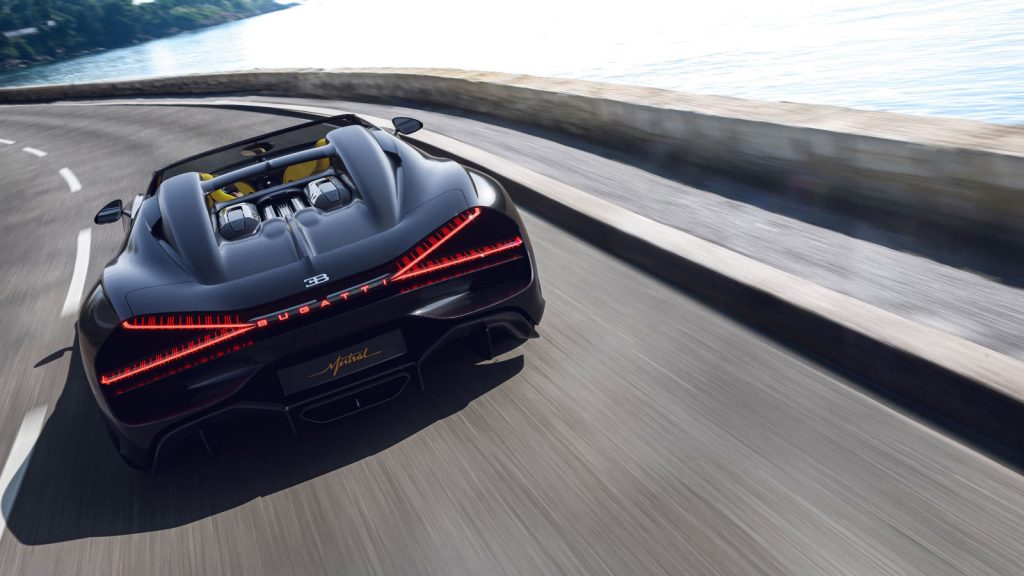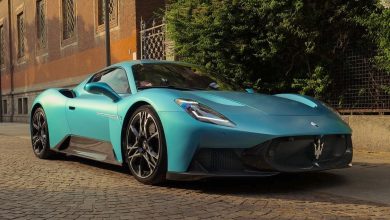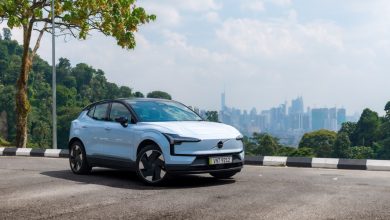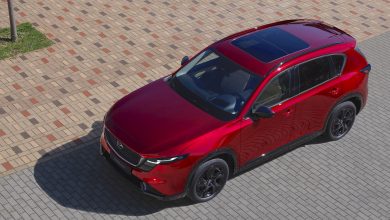ICE Is Back On The Menu As Automakers Backtrack On EV Goals
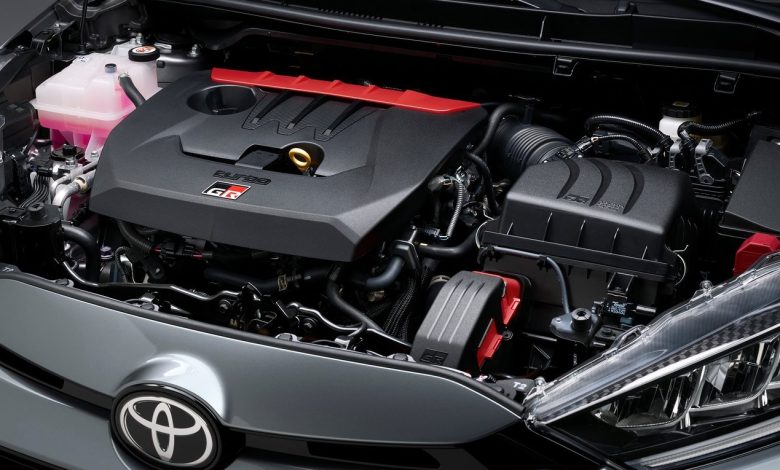
Many automakers have since been pouring money back into ICE development amid slowing EV sales.
For a time back in the early 2020s, nearly every major automaker out there was throwing around bold claims about going all-electric by the end of this decade.
A couple years on from that however and in the face of stagnating EV sales globally, many of those same marques have since not just quietly delayed their lofty electrification goals, but some have in fact even begun to shift (at least some of) their chips back to bet on the internal combustion engine (ICE) once more.

Now of course perhaps the most notable development in recent time to this regard comes from Toyota, which with Mazda and Subaru in tow have announced that it is currently developing a whole new line of ICE options for the future. And in a move that will likely only be totally appreciated by petrolheads, this project will actually see the trio of automakers work on ‘signature engines’ that represent their respective brands.
More specifically here, Toyota is currently developing a family of new inline-fours, whereas Subaru and Mazda are concentrating their efforts on improving their horizontally opposed boxer and bringing back the rotary respectively. All these engines in development right now are touted to be more efficient than ever, and more importantly too will be made compatible with several carbon-neutral fuels: liquid hydrogen, biofuel, and synthetic fuel.
Turning towards the other side of the world meanwhile, Volkswagen has also similarly (albeit more quietly) renewed its commitments to further developing internal combustion engine lineup. Though what is perhaps the bigger news story here is that it was recently reported for said funds for this particular endeavour came from the German auto giant’s EV development budget for 2023, which certainly shows where the automaker thinks the fully-electric wind is blowing these day.
In fact, of the €180 billion (RM 915 billion) Volkswagen intended to spend on its EV development last year, it was reported that the German giant had diverted a full third to its ICE development efforts. Further details regarding what exactly is planned ICE investment are unfortunately vague at this point, with the automaker only going so far as to state that this huge sum of money has been allocated to “keep our combustion cars competitive”.
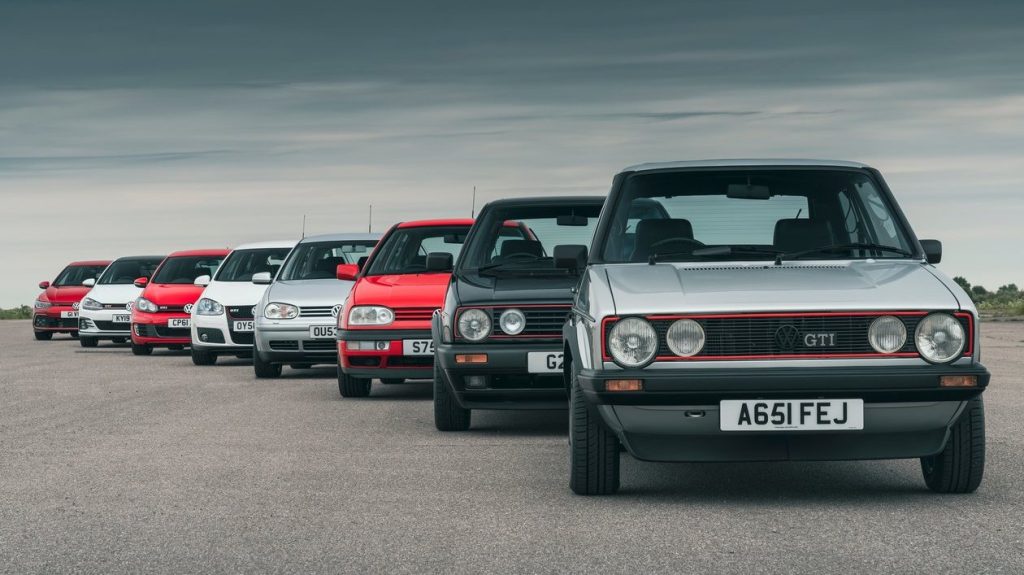
One of the more less-publicised stories that have slipped under the radar here too with regard to the steady return of ICE comes from Fiat, who are currently in the process of shoving an engine into its current-gen (and originally all-electric) 500. This news comes ahead of its parent company Stellantis previously announcing that it is to invest the equivalent of $6 billion (RM 28 billion) in the South American automotive sector to development of flex-fuel engines (engines that run on petrol and ethanol), that will be powering multiple models across the auto conglomerate’s extensive portfolio for the region well into the foreseeable future.
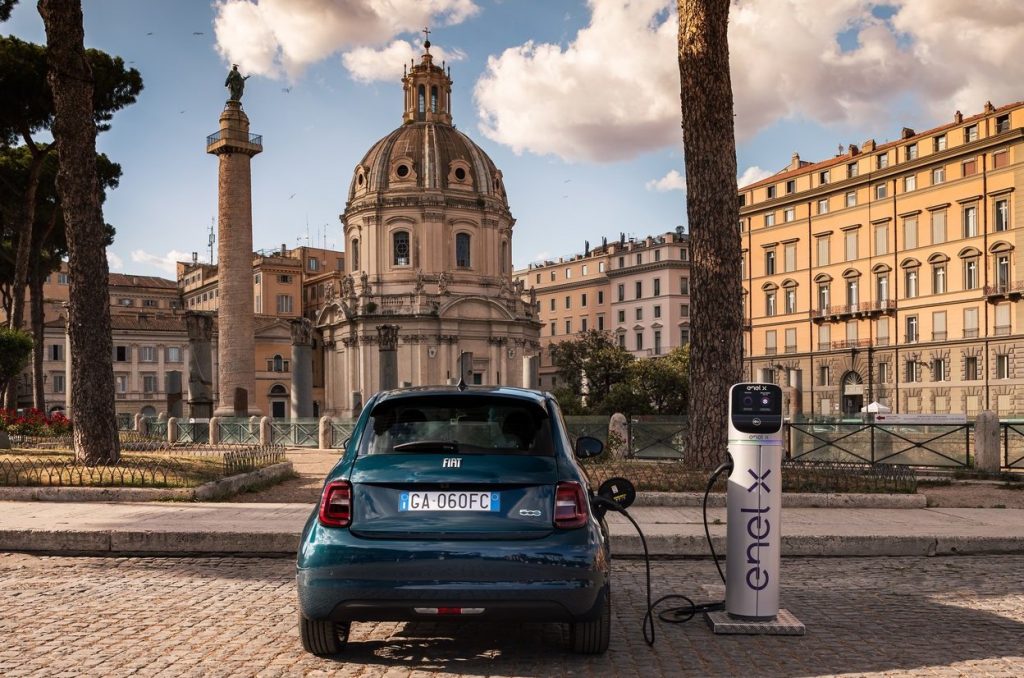
And don’t just think it is the legacy automakers that are conspiring to keep ICE alive as well, as even Chinese EV juggernaut BYD has been continually pumping money into its own engine development program. This fruits of which was most recently observed during the launch of its latest 5th generation DM-i 5.0 plug-in hybrid powertrain that debuted in the new Qin L (and its Seal 06 twin), with its 1.5-litre ICE component touted by its maker as currently being the most thermally efficient production engine in the world.
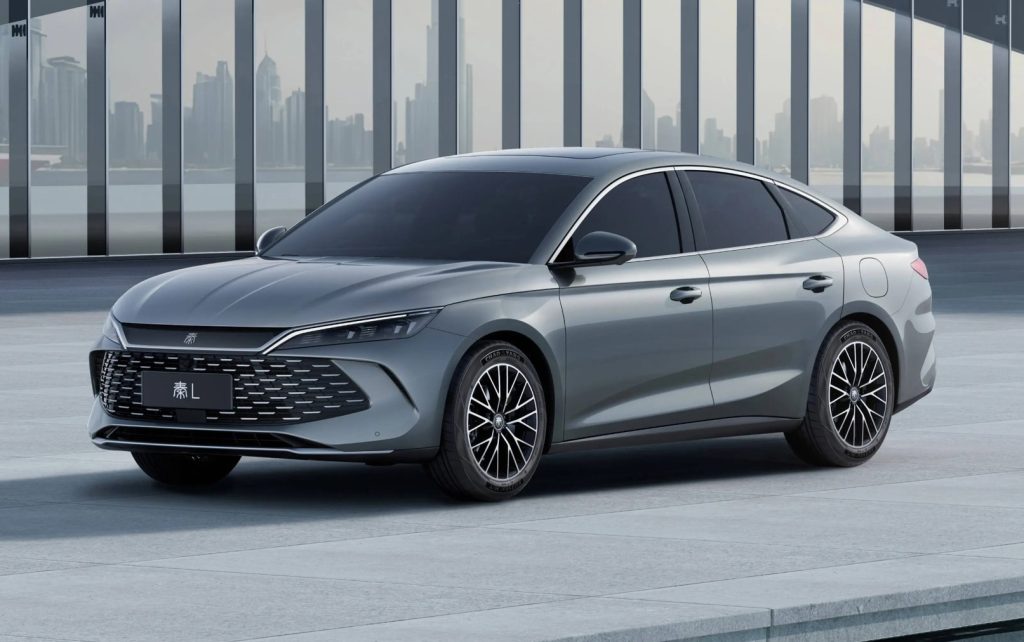
Another example of the Chinese automakers putting at least some eggs into the ICE basket on the other hand comes Geely, which has recently signed a joint venture agreement with Renault to launch a new powertrain company. Dubbed HORSE, this Sino-Franco collaboration has been conceived to develop and manufacture the ‘next-generation of hybrid and highly efficient powertrain solutions’, but perhaps the most important bit (for Malaysians here) at least is that among its slated list of industrial customers is to be Proton.
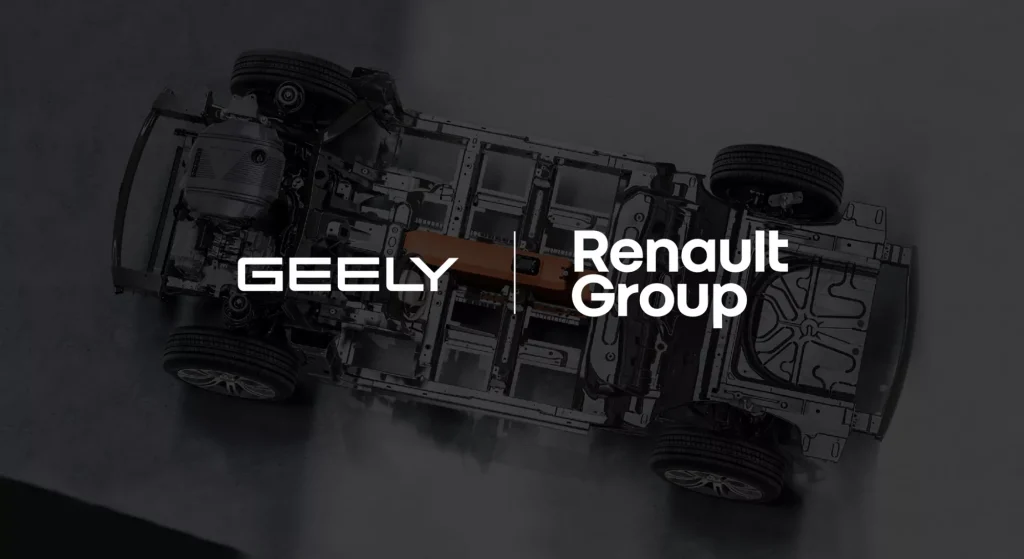
Just finishing off here with an extreme example of how ICE is steadily coming back on the menu, Bugatti has recently raised the idea of designing its own synthetic fuel filling stations for installation in its customer’s residences. This therefore is perhaps as good a hint as any for the Molsheim-based hypercar marque will still be featuring tailpipes for a long time coming.
